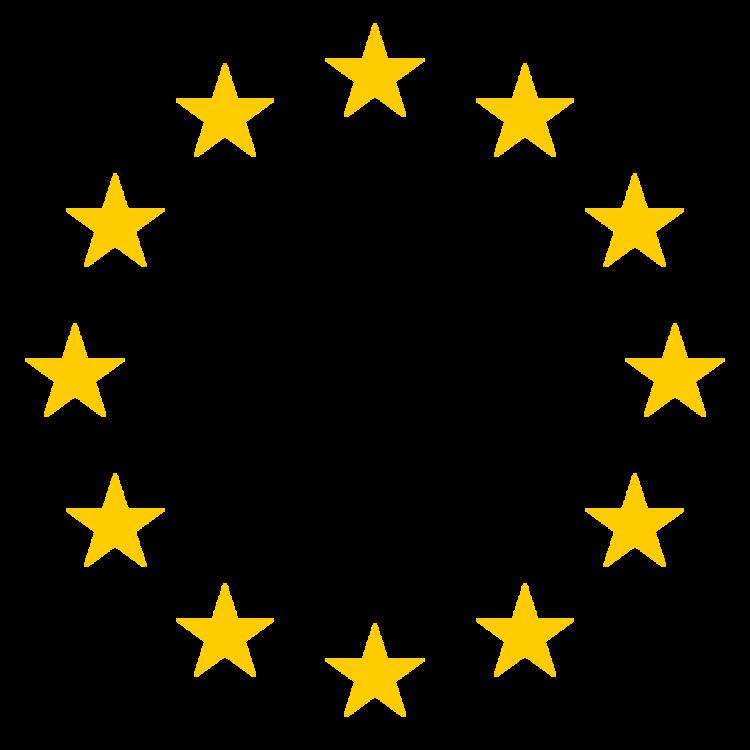Signed 2 October 1997 Effective 1 May 1999 | Location Amsterdam, Netherlands Depositary The Italian Government | |
 | ||
Type Amender of the TEU, the TEC, the TEAEC, and the TECSC Languages 12
Danish
Dutch
English
Finnish
French
German
Greek
Irish
Italian
Portuguese
Spanish
Swedish | ||
The Amsterdam Treaty, officially the Treaty of Amsterdam amending the Treaty of the European Union, the Treaties establishing the European Communities and certain related acts, was signed on 2 October 1997, and entered into force on 1 May 1999; it made substantial changes to the Treaty of Maastricht, which had been signed in 1992.
Contents
Under the Treaty of Amsterdam, member states agreed to devolve certain powers from national governments to the European Parliament across diverse areas, including legislating on immigration, adopting civil and criminal laws, and enacting foreign and security policy (CFSP), as well as implementing institutional changes for expansion as new member nations join the EU.
Background
The treaty was the result of long negotiations which began in Messina, Sicily, on 2 June 1995, nearly forty years after the signing of the Treaties of Rome, and reached completion in Amsterdam on 18 June 1997. Following the formal signing of the Treaty on 2 October 1997, the Member States engaged in an equally long and complex ratification process. The European Parliament endorsed the treaty on 19 November 1997, and after two referendums and 13 decisions by parliaments, the Member States finally concluded the procedure.
Contents
The treaty of Amsterdam comprises 13 Protocols, 51 Declarations adopted by the Conference, and 8 Declarations by Member States, plus amendments to the existing Treaties set out in 15 Articles. Article 1 (containing 16 paragraphs) amends the general provisions of the Treaty on European Union and covers the CFSP and cooperation in criminal and police matters. The next four Articles (70 paragraphs) amend the EC Treaty, the European Coal and Steel Community Treaty (which expired in 2002), the Euratom Treaty, and the Act concerning the election of the European Parliament. The final provisions contain four Articles. The new Treaty also set out to simplify the Community Treaties, deleting more than 56 obsolete articles and renumbering the rest in order to make the whole more legible. By way of example, Article 189b on the codecision procedure became Article 251.
The most pressing concerns of ordinary Europeans, such as their legal and personal security, immigration, and fraud prevention, were all dealt with in other chapters of the Treaty. In particular, the EU became responsible for legislating on immigration, civil law or civil procedure, insofar as this is necessary for the free movement of persons within the EU. At the same time, intergovernmental co-operation was intensified in the police and criminal justice field so that Member States should be able to coordinate their activities more effectively. The Union aims to establish an area of freedom, security and justice for its citizens. The Schengen Agreements have now been incorporated into the legal system of the EU (Ireland and the United Kingdom remained outside the Schengen agreement, see Common Travel Area for details).
The Treaty lays down new principles and responsibilities in the field of the common foreign and security policy, with the emphasis on projecting the EU's values to the outside world, protecting its interests, and reforming its modes of action. The European Council will lay down common strategies, which will then be put into effect by the Council acting by a qualified majority, subject to certain conditions. In other cases, some Member States may choose to abstain "constructively", i.e. without actually preventing actions being taken.
The treaty introduced a High Representative for EU Foreign Policy who, together with the Presidents of the Council and the European Commission, puts a "name and a face" on EU policy to the outside world. Although the Amsterdam Treaty did not provide for a common defence, it did increase the EU's responsibilities for peacekeeping and humanitarian work, in particular by forging closer links with Western European Union.
As for the institutions, there were two major reforms concerning the co-decision procedure (the legislative procedure involving the European Parliament and the Council), affecting its scope—most legislation was adopted by the co-decision procedure—and its detailed procedures, with Parliament playing a much stronger role. The President of the Commission will also have to earn the personal trust of Parliament, which will give him the authority to lay down the Commission's policy guidelines and play an active part in choosing the Members of the Commission by deciding on their appointment by common accord with the national governments. These provisions make the Commission more politically accountable, particularly vis-à-vis the European Parliament. Finally, the new Treaty enables, under very strict conditions, closer co-operation between Member States which so wish. Closer co-operation may be established, on a proposal from the Commission, in cases where it is not possible to take joint action, provided that such steps do not undermine the coherence of the EU or the rights and equality of its citizens.
Challenges
The Amsterdam Treaty did not settle all institutional questions. Work was still in progress on reforming the institutions to make them capable of operating effectively and democratically in a much enlarged EU. The most pressing issues were the composition of the Commission and the weighting of Member States' votes upon qualified majority voting. These questions were addressed in the Treaty of Lisbon.
